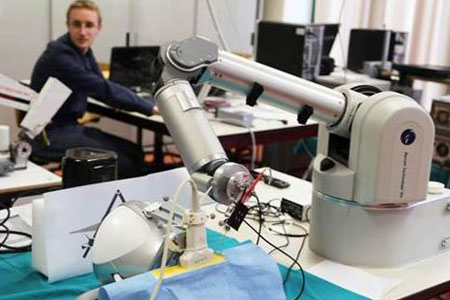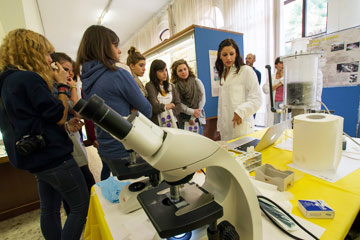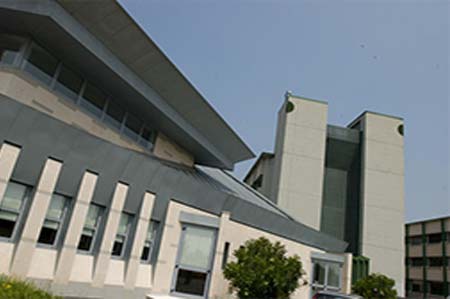Intelligent behavior in a crowded environment is warranted by visual selective atention, which allows
the deployment of limited processing resources towards elements in the visual feld that are more relevant.
Atentional orienting is typically followed by a saccadic eye movement bringing the prioritized object at the
center of gaze. While the priority of the relevant stimuli is increased, the processing of concurrent non relevant
information is suppressed, preventing distraction. Atentional priority was thought to derive either bottom-up
on the basis of stimulus features, or top-down on the basis of behavioral goals. Recent studies however have
shown that the atentional processing of visual stimuli can be also influenced by the experience gained in the
past when dealing with the objects. Independently of each other, we have carried out pioneering research in
this feld, showing that the selection of attentional and saccadic targets can be strikingly afected by learned
associations with rewarding outcomes.
Studies in this domain have so far specifcally explored the adaptive features of target selection. Whether
the mechanisms involved in the suppression of distracting information are also subject to similar adjustments is
currently unknown. With the studies described in this proposal we will set out a new collaboration, to reveal
and characterize whether and how learned contingencies of distractor suppression impact on attentional
processing in the long term. To this aim we will employ experimental paradigms tapping atentional inhibition of
salient distractors and its lasting efects on atentional and oculomotor performance in healthy human
observers. Understanding stimulus-specifc adaptive properties of atentional suppression will provide
important input not only for basic atention neuroscience, but also for many translational felds of research.







